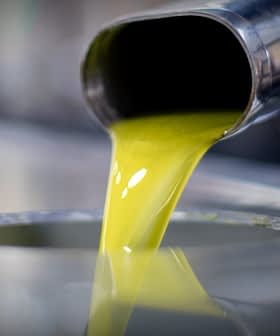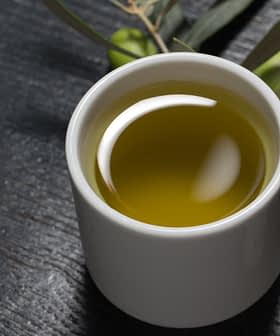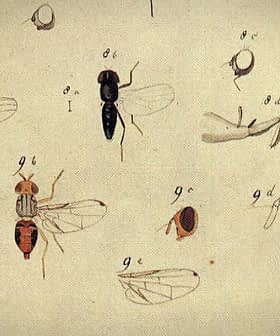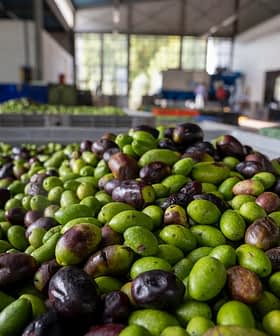 9.8K reads
9.8K readsNews Briefs
Researchers Develop Simplified Way to Determine Polyphenol Contents of Olive Oil
Researchers in Italy have developed a new method to quickly measure polyphenols in olive oil without the need for specialized technicians or chemical solvents, aiming to make the process more sustainable and efficient. The new method involves a portable laser sensor and a specially designed paper strip, providing reliable results in minutes and potentially allowing for automatic reading of the data, with the goal of making this technology accessible throughout the olive oil production supply chain.
Researchers in Italy have devised a new method to measure the presence of polyphenols in extra virgin olive oils in minutes without a specialized technician.
According to the researchers from the University of Teramo’s agriculture, bioscience, food and technology department, commonly used methods require chemical solvents and several hours of work by trained technicians.
“Among the goals of this work is to make it easier and faster to evaluate the antioxidant capacity of extra virgin olive oil,” study co-author Flavio Della Pelle told Olive Oil Times. “At the same time, we aimed at making it more sustainable, avoiding the use of solvents.”
See Also:Lab Test Would Define the Sensory Profile of Olive Oil by Analyzing Its MoleculesCurrent methods require the technician to sample the olive oil, treat the samples for analysis and determine the polyphenol capacity data.
Treating the samples usually requires methanol and hexane-based solvents, which are highly toxic, costly and require proper handling, storage and disposal.
“The whole process happens in a laboratory, and it can take hours, during which several tools are used,” Della Pelle said. “We are trying to transfer the current cumbersome analysis to an easy-to-use piece of paper which also works as an extractor.”
The latest method requires a portable laser sensor to read a specifically molded paper strip. The sample analyzed through the new technique does not require any pre-treatment.
The device simplifies the operations for measuring polyphenols, including antioxidants, reducing a series of steps typically deployed for such analysis to a single operation. The results are obtained by coupling the device with a smartphone. The lab-on-a-strip device calculates the results within minutes.
According to the study published in Food Chemistry, the results obtained by the new method are reliable.
“To verify the process, we analyzed the same olive oils with the usual traditional means of analysis,” Della Pelle said. “The results show that the new method offers reliable results.”
The researchers had access to an olive oil sample databank that is constantly updated and offers a diverse array of oils from different countries and harvests.
“Using the new method is quite simple and follows a simple protocol,” Della Pelle said. “It is way simpler than many commercial tools commonly available on the market.”
“Given that, it would be interesting to develop software that could provide an automatic reading of the results,” he added.
Another advantage of the new method is related to its manufacturing process. “All the device components, including the sensor, have been manufactured with office-grade materials and accessible instruments which allow semi-automated manufacturing,” the researchers wrote.
“We are also working to remove plastics from the device and replace that with sustainable materials,” Della Pelle added.
The researcher aims to make the method available throughout the olive oil production supply chain. The study is part of the Vitality Project funded by the Italian National Recovery and Resilience Plan, a project which includes several central Italian regions.
“The goal of Vitality is to transfer the research and innovation results to the interested sectors,” Delle Pelle said.
“The general interest in antioxidants and extra virgin olive oil is growing, and we have been working on both for many years,” he added. “Polyphenols are crucial, not only because they impact the organoleptic qualities of extra virgin olive oil but also because of their nutritional qualities.”
Along with their impact on flavor, polyphenols preserve extra virgin olive oil’s fatty acids, increasing its shelf life and nutritional qualities.
Given the crucial role exerted by polyphenols, researchers hope that in the future, their presence in food products will be measured and reported to consumers.
“Today, many producers tell their customers that their olive oil is rich in polyphenols as it is useful for consumers to know that polyphenols are there,” Delle Pelle said.
“While many excellent olive oils might have a lower count of polyphenols, it would be certainly interesting to know their exact volume when their presence is high, and it is destined to exert a relevant antioxidant activity,” he concluded.









